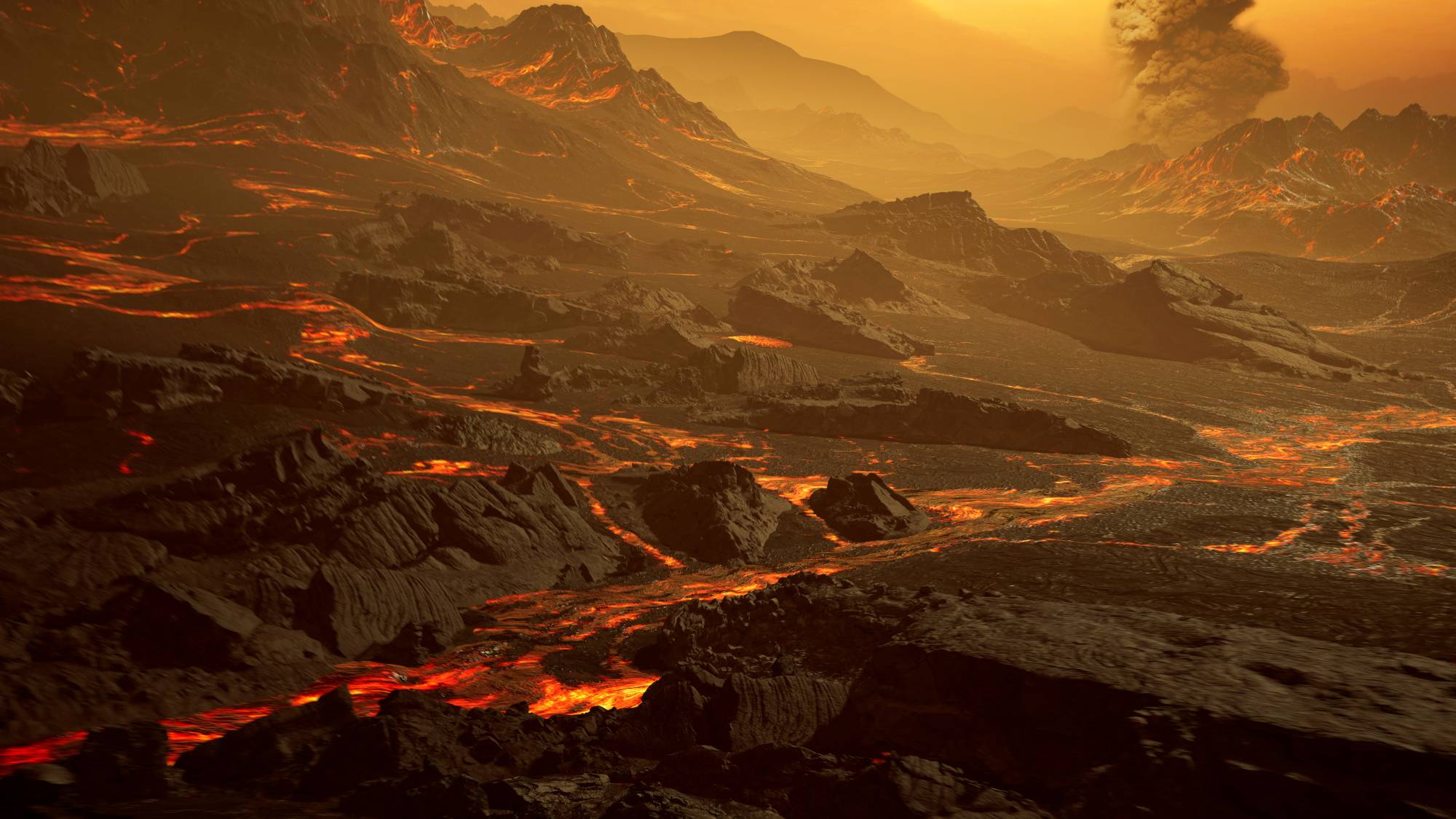Scientists have spotted a planet orbiting a star relatively near our solar system that may offer a prime opportunity to study the atmosphere of a rocky Earth-like alien world — the type of research that could aid the hunt for extraterrestrial life.
The researchers said on Thursday the planet, called Gliese 486 b and classified as a "super-Earth," is not itself a promising candidate as a refuge for life. It is thought to be inhospitable — hot and dry like Venus, with possible rivers of lava flowing on its surface.
But its proximity to Earth and its physical traits make it well suited for a study of its atmosphere with the next generation of space-borne and ground-based telescopes, starting with the James Webb Space Telescope that NASA has slated for an October launch. These could give scientists data to be able to decipher the atmospheres of other exoplanets — planets beyond our solar system — including ones that may host life.



















With your current subscription plan you can comment on stories. However, before writing your first comment, please create a display name in the Profile section of your subscriber account page.